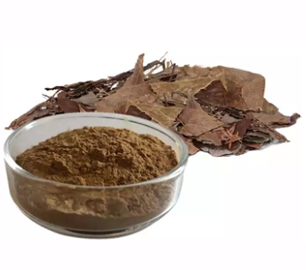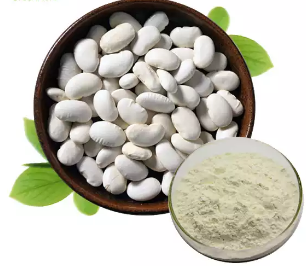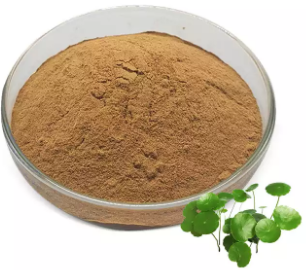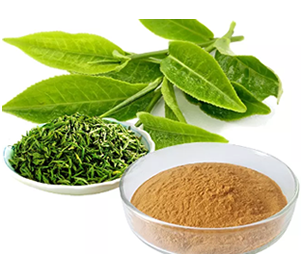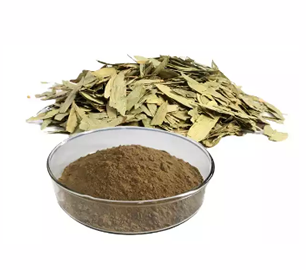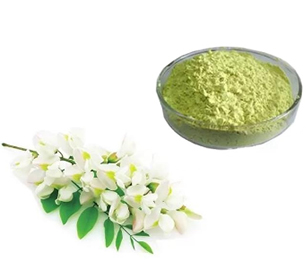
Rutin
Product Name: Rutin Botanical Name: Scphora Japonica L. Active Ingredients: Rutin Synonyms: Rutoside, Quercetin-3-O-rutinoside and Sophorin Appearance: Greenish-yellow crystalline powder Part Used: Flower Bud Specification: 95%, 99% HPLC
Product Name: Rutin
Botanical Name: Scphora Japonica L.
Active Ingredients: Rutin
Synonyms: Rutoside, Quercetin-3-O-rutinoside and Sophorin
Appearance: Greenish-yellow crystalline powder
Part Used: Flower Bud
Specification: 95%, 99% HPLC
CAS No.: 1393485-16-9
Introduction:
Rutin, its name comes from the name of Ruta graveolens, a plant that also contains rutin. In its pure form, its color can vary from yellow to yellow-green. Rutin is a plant pigment (flavonoid) that is found in fruits and vegetables. The major sources of rutin for medical use include buckwheat, Japanese pagoda tree, and Eucalyptus macrorhyncha. Also available in supplement form, rutin contains quercetin (an antioxidant shown to reduce inflammation and offer a range of health benefits). Proponents claim that rutin supplements can help treat certain health conditions by strengthening the blood vessels.
Rutin was first identified in 1842. At this time it was thought its main function was to reduce excessive bleeding. It wasn't until about 100 years later that its other health effects began to be uncovered.
For humans and animals, it sometimes is used for anti-inflammatory treatments and to repair weakened blood vessels.
Function:
1. Rutin inhibits platelet aggregation, as well as decreasing capillary permeability making the blood thinner and improving
circulation.
2. Rutin has anti-inflammatory activity.
3. Rutin inhibits aldose reductase activity. Aldose reductase is an enzyme normally present in the eye and elsewhere in the body.It helps change glucose into a sugar alcohol called sorbitol.
4. Rutin also strengthens the capillaries, and, therefore, can reduce the symptoms of haemophilia. It also may help to prevent a common unpleasant-looking venous edema of the legs. Rutin, as ferulic acid, can reduce the cytotoxicity of oxidized LDL cholesterol and lower the risk of heart disease.
5. Rutin is also an antioxidant, along with quercetin, acacetin, morin, hispidulin, hesperidin, and naringin, it was found to be
the strongest.
6. Hydroxyethylrutosides, synthetic hydroxyethyl acetylations of rutin, are used in the treatment of chronic venous insufficiency.
7. There are indications that rutin can inhibit some cancerous and pre-cancerous conditions.
8. Rutin may help to prevent atherogenesis and reduce the cytotoxicity of oxidized LDL-cholesterol.
Application:
1. Supplements
2. Medicines
3. pharmaceuticals
4.Applied in cosmetic field
5.Applied in food field, commonly known as vitamin P, often used as a food additive.
Previous: Artichoke Extract
Next: Ashwagandha Extract
| Title: | * | |||
| Name: | * | |||
| Mobile: | * | |||
| Email: | * | |||
| Content: | * | |||
| Code: |
|
|||


